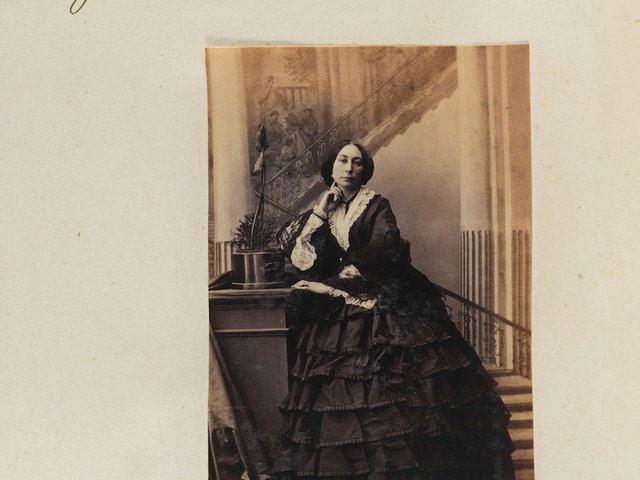William Andrew Ismay was the most active collector of British studio pottery—a movement which began in the early 20th century and continued the hand-produced ceramic tradition from domestic or functional wares to abstract forms—in the second half of the 20th century. Buying from 1955 until his death in 2001, he amassed around 3,600 pieces by more than 500 artists. This elegantly produced book is the first survey of his collection to appear in printed (as opposed to digital) form. It was published to coincide with the 20th anniversary of the acquisition through gift of the entire collection by the Yorkshire Museum, York, and the subsequent establishment of the Centre of Ceramic Art (CoCA) at York Art Gallery, where a concurrent display of Ismay’s pots runs until 30 April 2023.
Ismay was an only child, born (in 1910) in Wakefield, West Yorkshire, to parents who both had professional occupations (his father was a cloth presser, his mother a teacher). At his local grammar school it was correctly predicted he would one day become a librarian. Ismay’s salary as branch librarian at Hemsworth provided the means to collect, as did his pension following retirement in 1975. The death of his mother in 1956 also brought him a substantial inheritance, including the terraced house in Wakefield where he continued to live until his death. Within this modest home well-nigh every available surface was commandeered to display or just to accommodate his pots, including most of his “dining” table.

Bottle vase made in 1959 by Vienna-born British ceramicist Lucie Rie (1902-95). This was the 11th piece Ismay bought by her © York Museums Trust
Visiting Ismay to view the collection became something of a pilgrimage for potters, curators and collectors alike. Ismay, a plain-speaking “professional Yorkshireman”, would chuckle to himself at their astonished looks on discovering its scale and quality. For the pots he purchased were invariably the best examples he could procure at the time. Despite having to travel to openings throughout the UK mostly by train or bicycle (he never learned to drive), Ismay was always first in the queue, conspicuous in his trademark beret cap. Keen to support emerging young potters alongside more established names, he never came away empty handed.
Ismay was extraordinarily knowledgeable about the practical side of pottery making. Moreover, his aesthetic tastes were wide, writing in 1985: “Perhaps the truth is that good pots are timeless and will continue to arouse a response so long as pots and human beings coexist.” He sometimes collected hand-built or more sculptural pieces produced, for example, by ceramicists who trained at the Royal College of Art in the 1970s. However, he was particularly attracted to functional, thrown wares, especially those made in the spirit of the “Anglo-Oriental” tradition pioneered by Bernard Leach (1887-1979). Indeed, Ismay relished using favourite vessels for preparing his daily brew of coffee or tea, and encouraged visitors to select a piece from which to consume their own beverage (hence the book’s title).
The publication includes examples of work from the collection by some of the most famous artists of the studio pottery movement, by Leach himself, for example, by Michael Cardew, Hans Coper and Lucie Rie. Other striking pots (or groups of pots) reproduced here are by Katharine Pleydell-Bouverie, Norah Braden, Richard Batterham, Ladi Kwali, Ruth Duckworth, Paul Brown, Jim Malone and many more. The potters represented in the collection, some little-known, are too numerous to list here, though all are included in a useful appendix. Ismay was a keen photographer as well as a diligent record keeper, and the collection came with an extensive archive. No doubt there is still much to glean about this remarkable collection, but Helen Walsh’s excellent book has helped pave the way.
Helen Walsh, The Yorkshire Tea Ceremony: W.A. Ismay and his Collection of British Studio Pottery, Paul Holberton Publishing, 168pp, approx. 130 colour + black and white illustrations, £25 (pb), published 28 November 2021
• Anne Lyles was a curator at the British Museum and Tate Britain, and is a collector of British studio pottery




